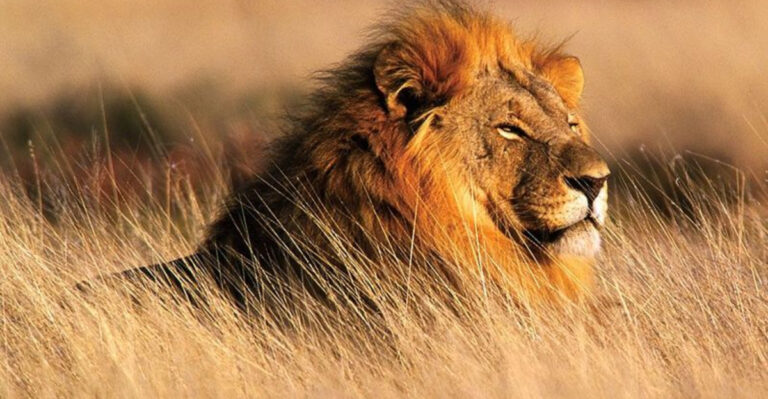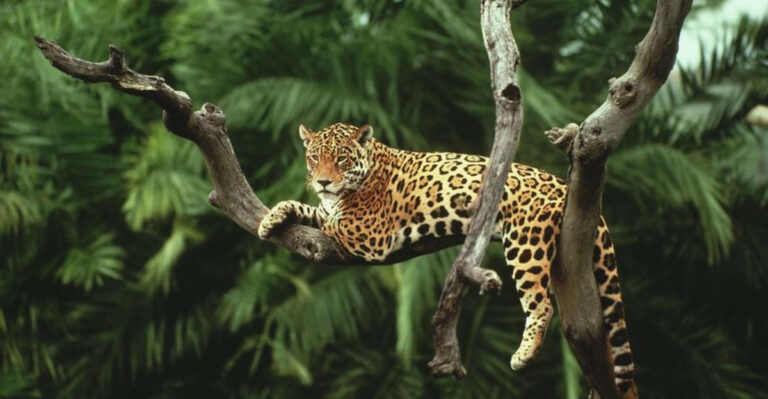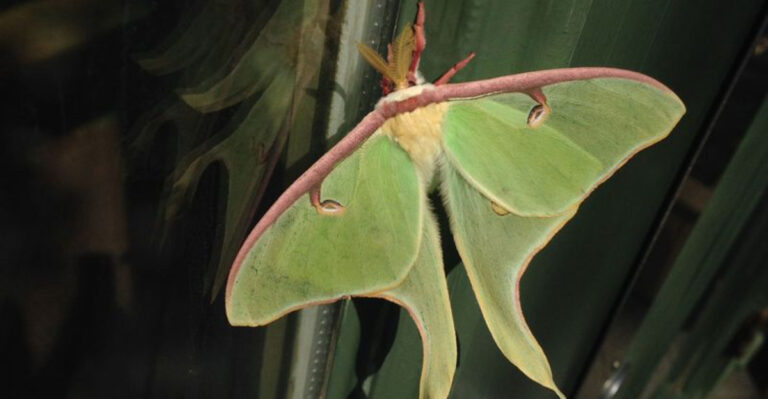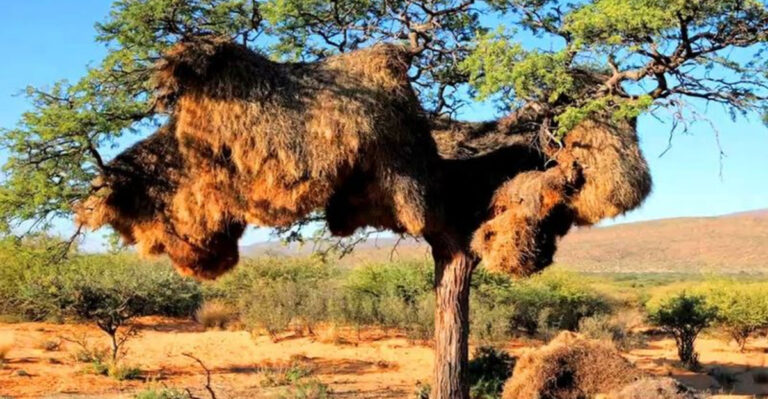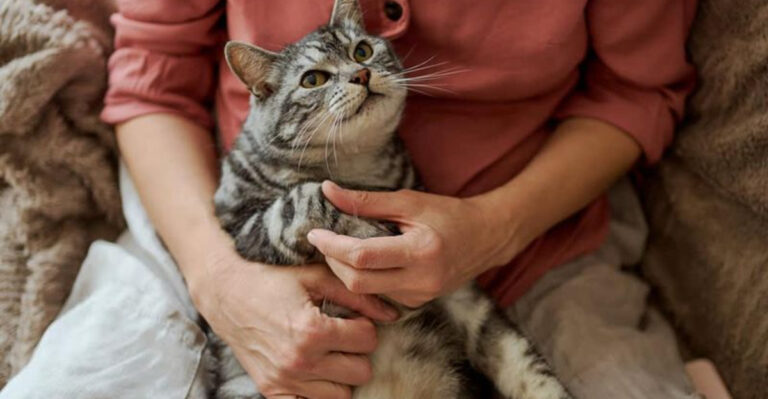10 Magnificent Facts About Mongooses

Mongooses are remarkable creatures that capture the fascination of wildlife enthusiasts and casual observers alike.
Known for their agility and intelligence, these small carnivorous mammals belong to the Herpestidae family and are found in various regions across Africa, Asia, and southern Europe.
As expert snake hunters and social animals, mongooses exhibit behaviors and characteristics that are both intriguing and unique.
So, let’s explore magnificent facts about mongooses, each accompanied by a detailed description to enhance your understanding and appreciation of these extraordinary animals.
1. Mongoose Intelligence
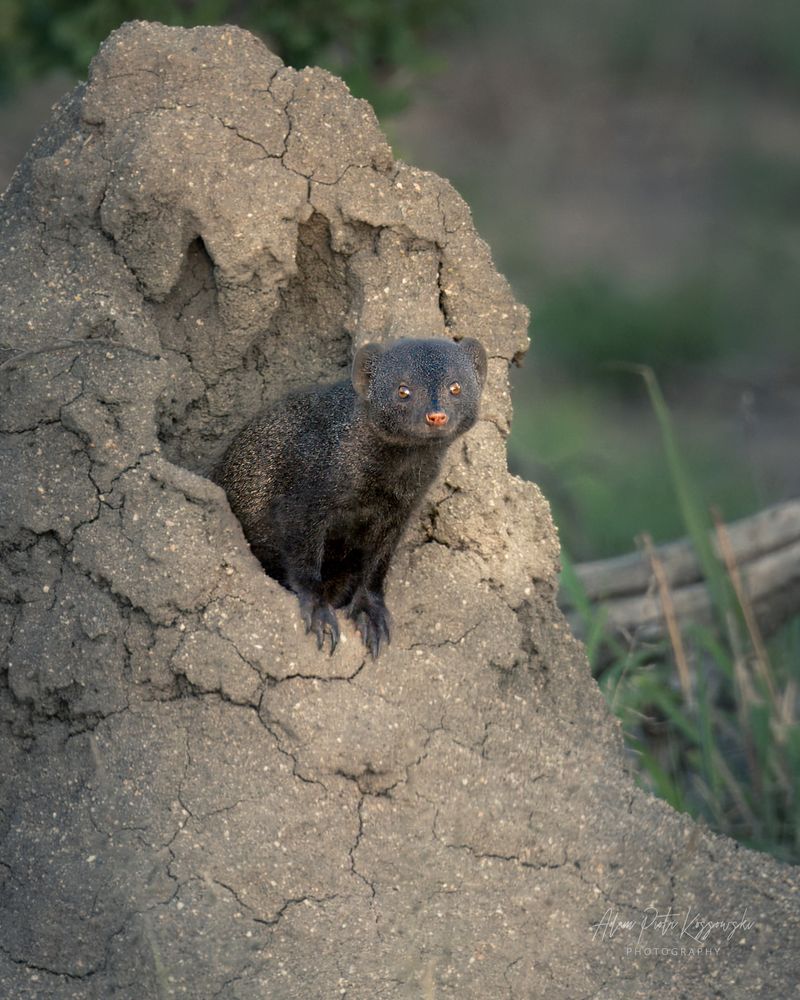
Mongooses are known for their sharp intellect and problem-solving abilities. Their intelligence is evident in their hunting techniques and social interactions. Often observed using tools and strategic thinking, mongooses employ clever methods to catch prey, especially snakes.
In certain regions, they’ve been seen rolling eggs against hard surfaces to crack them open, a testament to their cognitive prowess. Moreover, mongooses exhibit complex social structures, communicating through a variety of vocalizations.
They can recognize individual calls and respond appropriately, showing an understanding of social queues. Their ability to learn and adapt to different environments is remarkable, allowing them to thrive in diverse habitats.
These intellectual capabilities make them fascinating subjects of study. In the wild, mongooses have been seen teaming up with other species for mutual benefits, such as foraging and protection. This cooperation highlights their intricate understanding of ecological dynamics.
Their intelligence not only aids in survival but also enriches their interactions with the environment, showcasing a depth of behavior not commonly seen in many other mammals.
2. Mongoose Social Structures
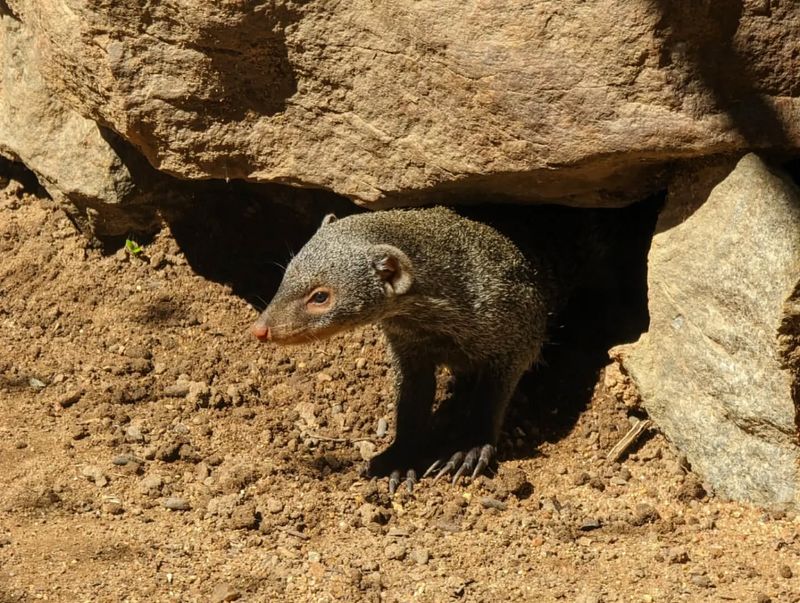
Mongooses live in complex social groups known as mobs, gangs, or packs, ranging from a few individuals to over fifty. This social structure is essential for their survival, providing safety in numbers and cooperative hunting opportunities.
Within these groups, mongooses exhibit fascinating behaviors that include grooming, playing, and even babysitting each other’s young. Their social lives are highly organized, with a hierarchy often led by a dominant pair.
Communication within the group is sophisticated, involving a series of vocalizations, body postures, and scent markings. These signals help maintain group cohesion and coordinate activities. The cooperative nature of mongooses extends to their defense mechanisms as well.
When threatened, they display remarkable teamwork, mobbing potential predators to drive them away. This collective strategy not only protects individuals but strengthens the group’s bond. Such social intricacies make mongooses unique among solitary predators, illustrating a communal lifestyle that balances autonomy with cooperative living.
3. Mongoose Versus Snakes
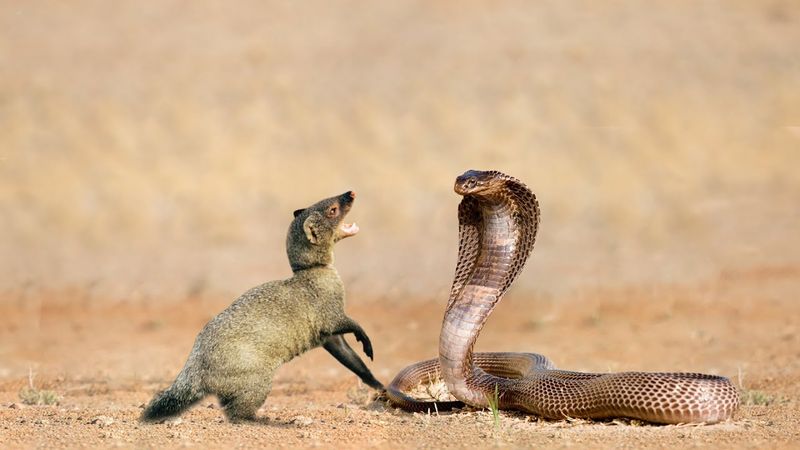
One of the most celebrated traits of mongooses is their ability to confront venomous snakes, such as cobras. This legendary prowess is not solely due to their speed and agility but also a unique physiological adaptation.
Mongooses possess specialized acetylcholine receptors that render them resistant to snake venom, allowing them to engage in these deadly encounters with a higher chance of survival. Their hunting technique involves a combination of lightning-fast reflexes and strategic movements.
They provoke the snake into striking and then dodge with incredible agility, waiting for the right moment to deliver a fatal bite to the back of the snake’s head. This method requires precision, courage, and a deep understanding of their adversary’s behavior.
Interestingly, not all mongoose species regularly hunt snakes, but those that do have developed extraordinary skills over generations. This adaptation not only serves as a survival mechanism but has also made the mongoose a symbol of bravery and cunning in various cultures.
Their battles with snakes are not just physical contests but a testament to their adaptability and instinctual intelligence.
4. Mongoose Diet And Hunting
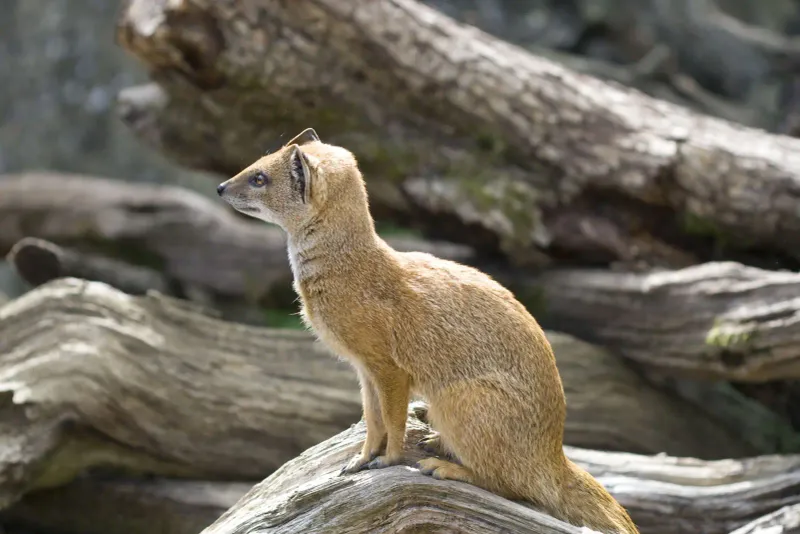
Mongooses are omnivorous, with a diet that reflects their adaptability and opportunistic nature. They feed on small mammals, birds, reptiles, insects, and even fruits and seeds. This dietary diversity enables them to thrive in various environments, from dense forests to open savannas.
Their hunting skills are finely honed, allowing them to capture a wide range of prey. Mongooses employ stealth and speed, often stalking their prey before launching a surprise attack. Their agility and keen senses make them formidable hunters, capable of adapting their techniques to suit different challenges.
In addition to hunting, mongooses are known scavengers, taking advantage of carrion whenever possible. This opportunistic feeding behavior ensures a steady food supply, even in harsh conditions.
Their ability to exploit various food sources highlights their resourcefulness and survival acumen, making them a resilient species in ever-changing ecosystems.
5. Mongoose Communication
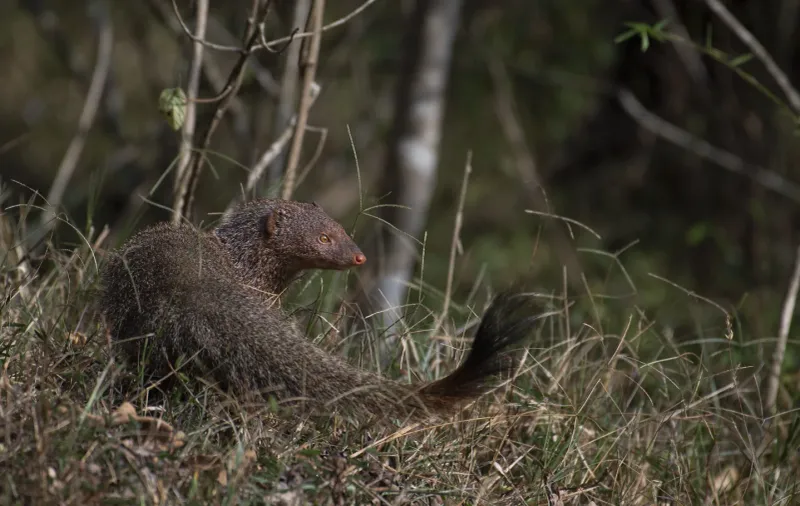
Communication among mongooses is intricate and varied, encompassing a range of vocalizations, body language, and scent markings. These methods serve various purposes, from warning of danger to coordinating group activities.
Mongooses are known to produce distinct calls, each with specific meanings, allowing them to convey messages effectively within their social groups. Their vocal repertoire includes alarm calls, mating calls, and signals for food discovery.
This acoustic diversity reflects their complex social interactions and enhances group cohesion. Mongooses have the ability to recognize individual voices, facilitating personal connections and social bonding.
Scent marking is another vital communication method, often used to establish territory and identify group members. These chemical signals convey information about identity, reproductive status, and more.
This multifaceted communication system not only strengthens social ties but also plays a crucial role in their survival strategies, making them an extraordinary example of animal communication.
6. Mongoose Lifespan And Reproduction
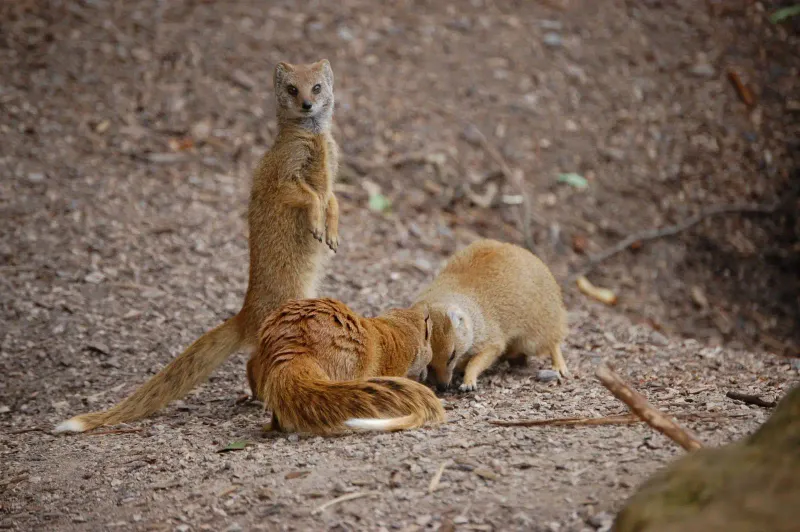
The lifespan and reproductive habits of mongooses contribute to their success as a species. Typically, they live up to ten years in the wild, with some individuals reaching even greater ages in captivity. This longevity is supported by their robust health and adaptability to various environmental conditions.
Reproduction among mongooses is a cooperative affair. Within social groups, the dominant pair usually has the reproductive rights, but subordinate members often assist in rearing the young.
This involves babysitting, grooming, and teaching survival skills, creating a supportive environment for the pups. The breeding season varies across species, but typically, mongooses give birth to litters of two to four pups.
These young are altricial, meaning they are born blind and helpless, requiring significant parental investment. This nurturing behavior not only ensures the survival of the offspring but strengthens the social bonds within the group.
The communal effort in raising young showcases a remarkable blend of individual responsibility and collective care.
7. Mongoose Habitat And Distribution
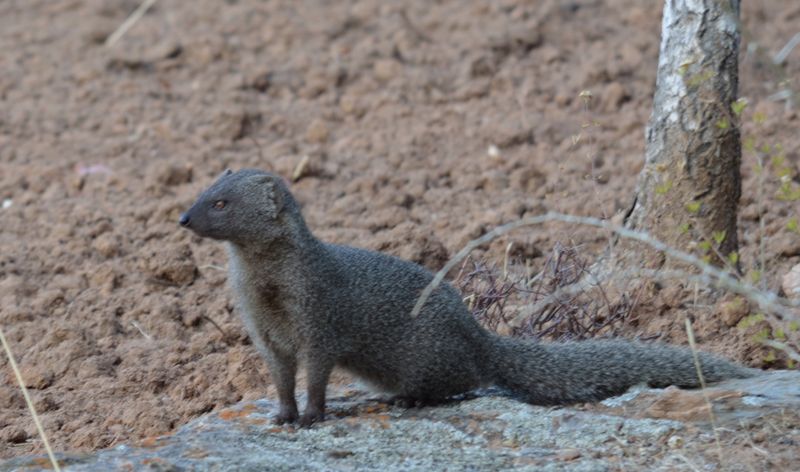
Mongooses inhabit a wide range of environments, from grasslands and savannas to forests and rocky terrains. Their adaptability to various habitats is a key factor in their widespread distribution across Africa, Asia, and southern Europe.
This ability to thrive in diverse ecosystems highlights their ecological versatility. Different species have specific habitat preferences, influenced by factors such as climate, prey availability, and competition.
Some mongooses, like the banded mongoose, prefer open savanna regions, while others, such as the Indian grey mongoose, are more commonly found in forested areas. Their homes are often burrows or dens, which provide shelter and protection from predators.
These structures are sometimes shared with other species, reflecting their opportunistic and adaptable nature. The mongoose’s capacity to adjust to varying conditions and make use of available resources underscores their resilience and ability to flourish in a range of ecological niches.
8. Mongoose Cultural Significance
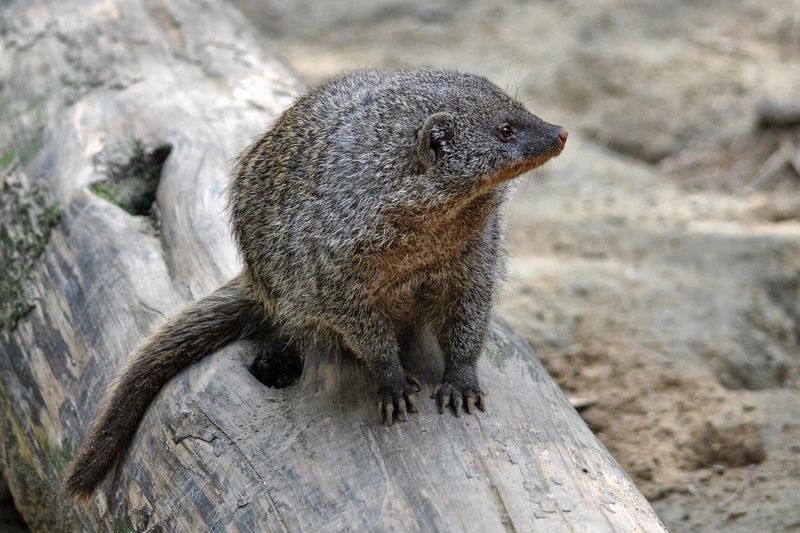
Throughout history, mongooses have captured the human imagination and hold significant cultural symbolism in various societies. In Indian culture, the mongoose is revered for its valor and is often associated with heroism and protection due to its snake-fighting abilities.
This association has led to its inclusion in folklore, mythology, and traditional art. In some African cultures, mongooses are considered symbols of cunning and intelligence. Their interactions with snakes and other wildlife have inspired numerous tales and proverbs, reflecting their admired qualities.
These stories not only entertain but also convey moral lessons, often highlighting the mongoose’s courage and wit. The mongoose’s cultural significance extends to modern media as well, with these animals frequently appearing in literature and film.
Their portrayal often emphasizes their fierce independence and survival instincts, reinforcing their image as formidable and fascinating creatures. This enduring cultural presence underscores the mongoose’s impact on human consciousness and its celebrated role in various traditions.
9. Mongoose Adaptations
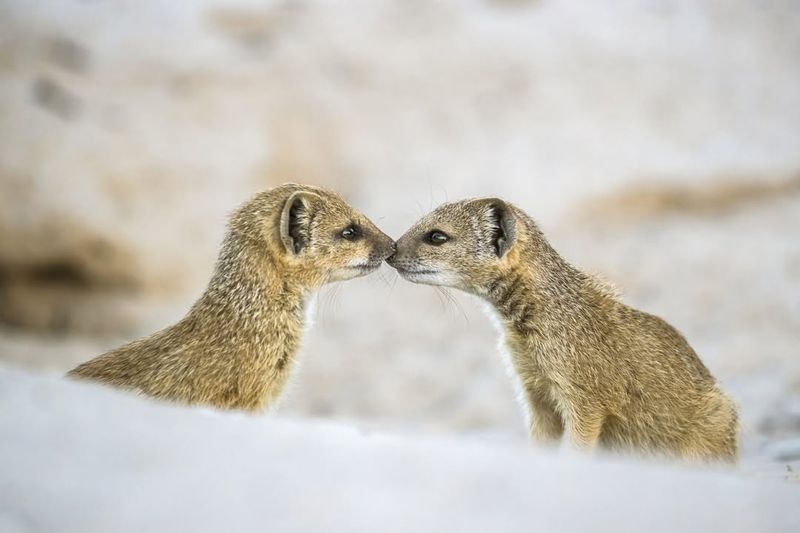
Mongooses are equipped with several adaptations that enhance their survival and efficiency as hunters. Physical features such as sharp claws, keen eyesight, and agile bodies enable them to navigate their environments with ease and capture prey effectively.
These traits are complemented by their quick reflexes and acute sense of smell, which are crucial for detecting potential threats and opportunities. Their fur varies in texture and color depending on the species and habitat, providing camouflage and protection against the elements.
This adaptability in appearance aids in both hunting and evasion, allowing them to blend seamlessly into their surroundings. Beyond physical attributes, mongooses possess behavioral adaptations that further their survival.
Their social structures, communication methods, and opportunistic feeding habits reflect a highly evolved species capable of thriving in diverse conditions. These adaptations collectively contribute to their resilience and success, making them a notable example of evolutionary ingenuity in the animal kingdom.
10. Mongoose Conservation Status
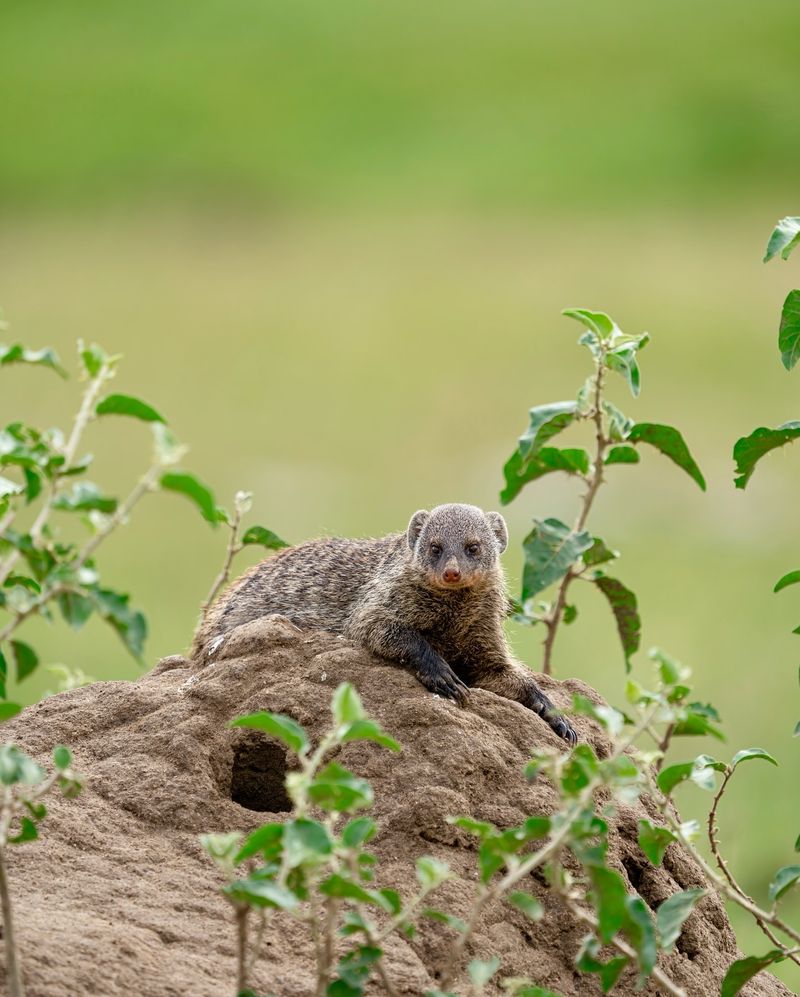
The conservation status of mongooses varies widely across species, with some thriving and others facing challenges from habitat loss and human activities.
While many mongoose species have stable populations, others, like the Indian brown mongoose, are listed as vulnerable due to environmental pressures and declining habitats.
Conservation efforts are underway to protect these animals, focusing on preserving natural habitats and mitigating human-wildlife conflicts.
Protected reserves and national parks play a crucial role in providing safe havens for mongooses and other wildlife, ensuring their continued survival and ecological contribution.
Public awareness campaigns and community engagement initiatives aim to foster coexistence between humans and mongooses, highlighting the importance of biodiversity and ecosystem health.
These efforts not only safeguard individual species but also enhance the overall resilience of ecosystems.

